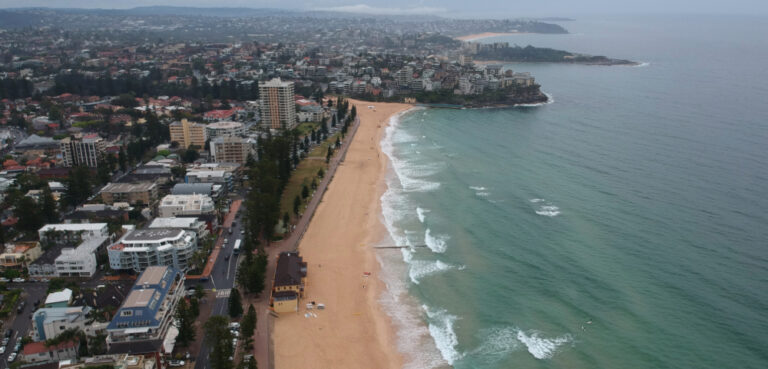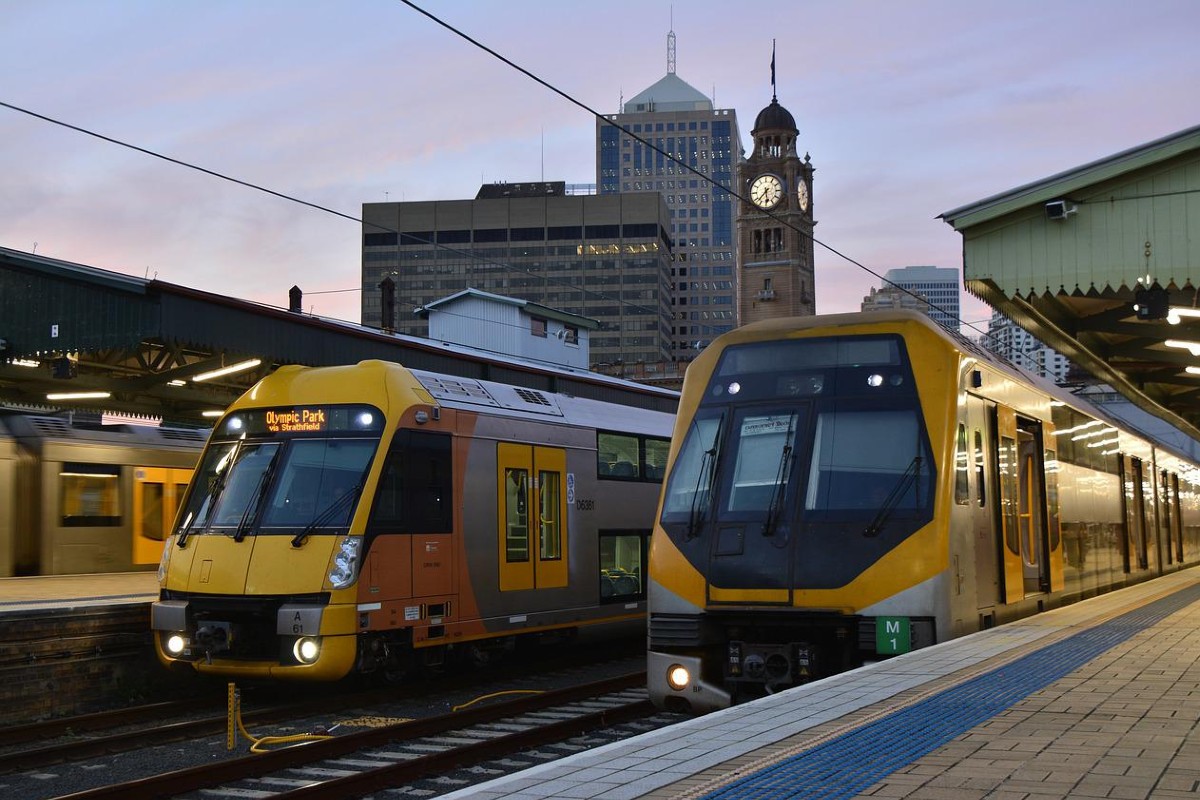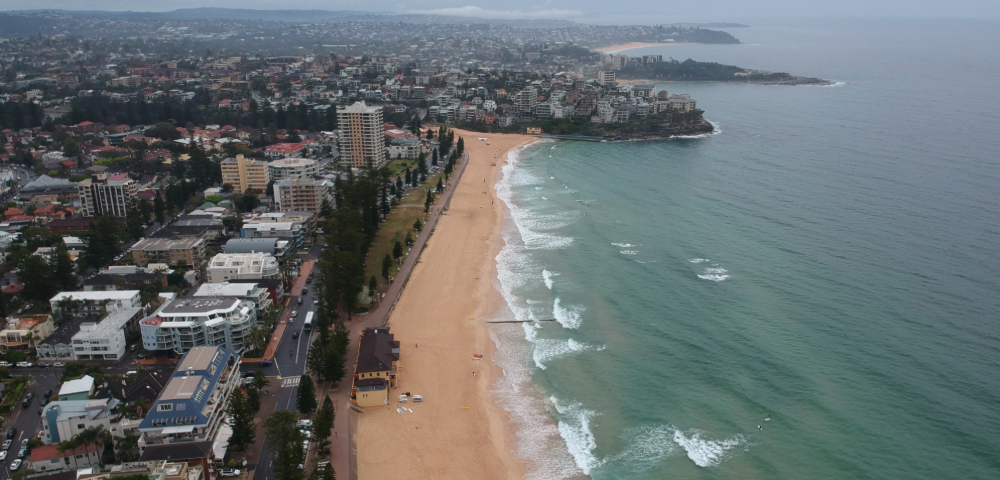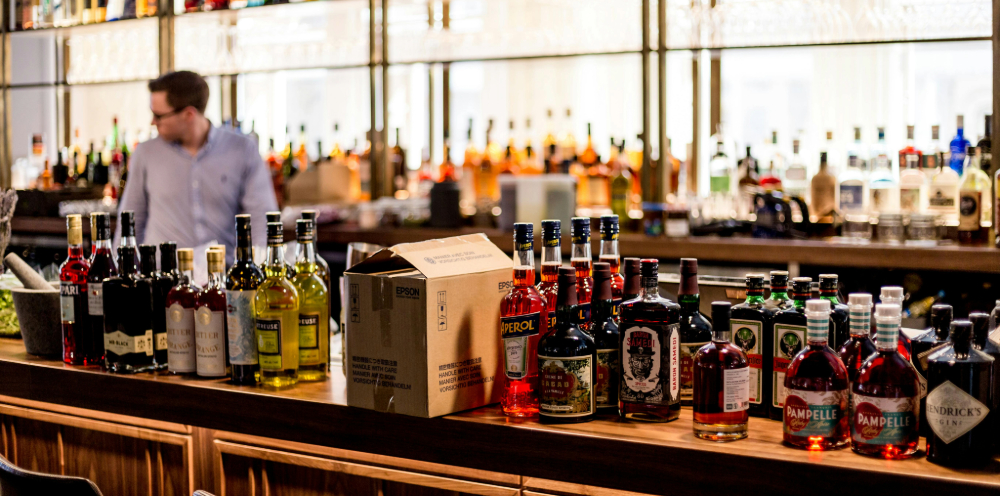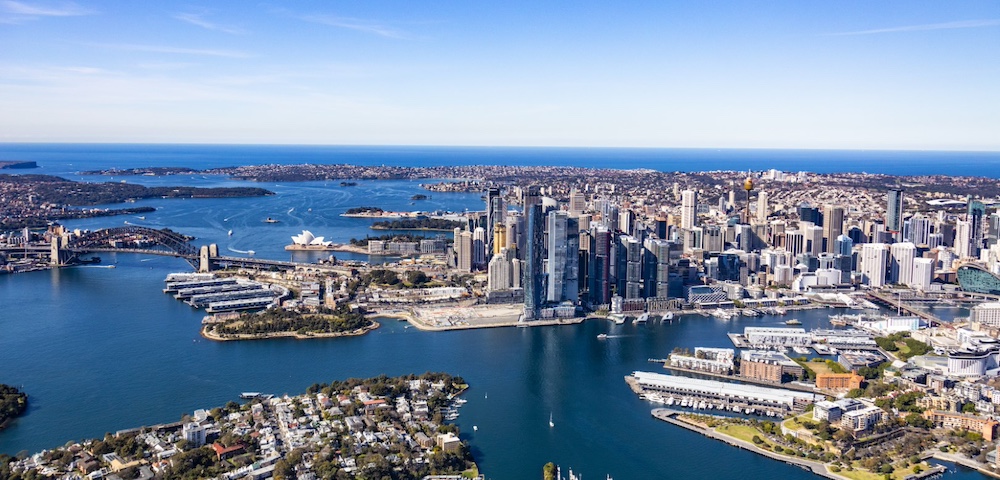
Concerns raised over the future of Sydney’s green lungs

Image: Image: Unsplash
By ROBBIE MASON
Local residents have expressed concerns about the future direction of the Moore Park precinct, following a raft of announcements that herald further commercialisation for the area.
Early last month, current Entertainment Quarter/Carsingha Investments chairman Tony Shepherd aired on ABC Radio his desire to inject new life into the Entertainment Quarter including the possible building of a hotel in line with the long-held vision of the Carsingha consortium for the area.
However, spokespeople for two community groups – Keep Sydney Beautiful (KSB) and Centennial Park Residents’ Association (CPRA) – suggest this proposition contravenes state planning law for the former Royal Easter Show site, which now houses the Entertainment Quarter. These conditions limit land use to family entertainment, film, and related activities. A hotel falls outside of this stipulation.
Shepherd has also made a public plea for the state government to give the investment consortium Carsingha a longer lease on the site to make private sector expenditure more appetising.
“We are looking at a multibillion-dollar investment and you cannot get that back in two weeks,” he told The Australian last month.
The consortium has previously requested legislative change, enabling a maximum lease term of 99 years and the removal of open tender processes for leases over 10 years.
A spokesperson for KSB suggests that the construction of a hotel and provision of a longer lease to the investment consortium Carsingha would represent “an obvious privatisation and alienation of public lands.”
Public space or private space?
Peter Tzannes from CPRA warns against deepening commercialisation of the Moore Park precinct, stating that “a 99-year lease is always described by the real estate industry as being equivalent to freehold. So effectively we may be witnessing much-needed public open green space being privatised.”
A spokesperson for the Darlinghurst Residents’ Action Group says “Carsingha Investments have always wanted high-rise development on the former Sydney Showground [now Entertainment Quarter]. The last thing the NSW government should give them is another lease.”
Among parkland defenders, fears that private enterprise will encroach on public green space are deeply ingrained. In 2016, the ABC’s Background Briefing investigated the construction of the Albert Cotter Bridge – a $38 million project for a ‘walkway’ that, to this day, pedestrians rarely use due to its peculiar helical shape. The bridge adds 240 metres to what would otherwise be a 200 metres journey.
Rushed through in preparation for the 2015 Cricket World Cup without an open tender, estimates at the time, based on foot traffic data, suggested that it cost $1700 per pedestrian during the weeks-long tournament.

The radio program enlisted an engineer to provide a professional opinion on the bridge’s design. Fuelling suspicions of a secret car park plan, this engineer stated that the specifications indicate a vehicle bridge rather than a walkway; specifically, one that could link a stadium entrance at Kippax Lake to a carpark at Moore Park West.
Meanwhile, that same year, 2015, the SCG Trust – with Tony Shepherd on the board of trustees at the time – proposed the construction of a 65,000-seater stadium on valuable parkland next to Kippax Lake.
While this plan did not go ahead – Allianz Stadium was rebuilt on the very same grounds where it was demolished – some local resident action groups feel that the networks of power involved in the (proposed) redevelopment of the Moore Park precinct, have ignored them.
“Vested interest groups such as SCG Trust and Carsingha, the Gerry Harvey consortium, had the ear of the previous Liberal government not the public,” says a KSB spokesperson.
The recent proposal by Venues NSW of changes to the concert cap at Allianz Stadium, next door to the Entertainment Quarter, and extended rehearsal times and sound tests has also created complications.
Premier supports rise in concert cap
This news follows the announcement last month by NSW Premier Chris Minns that he supports alterations to the stadium’s concert cap. Under these changes, the frequency of concerts per calendar year will rise from 4 to 20.
The encroachment of further commercialisation directly opposite parklands is an environmental concern.
“There is a significant population of threatened grey-headed flying foxes nearby,” says a KSB spokesperson, “and no consideration given to the impact of noise and lighting on them.”
Lord Mayor Clover Moore has issued a note of cautious optimism but believes that local residents need to be kept in mind.
“Post-lock-outs and lockdowns Sydney needs to put its best foot forward to reclaim and build on its status as a global destination for culture and entertainment. Playing host to world-famous artists and acts is critical,” she says.




